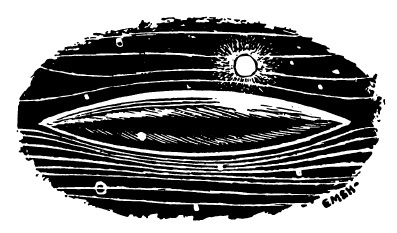
by Gideon Marcus
Out at the edges of the known universe, a stately sentinel makes its rounds. Not brighter than its companions, it nevertheless impresses with its constancy, its deliberate pace.

To the ancient Greeks, the planet Saturn was one of the seven "wanderers" that included the Sun, Moon, Mercury, Venus, Mars and Jupiter. Set in the outermost crystal sphere but one, that last being occupied by the stars, the farthest planet known before the invention of the telescope was named after the King of the Titans — possibly, because his association with time (the Greek name for Saturn is "Kronos" as in "chronometer" and "chronology") matched the long period of the planet's orbit.
For millennia, nothing else was known of this world — or even that it was a world. Then, in the early 17th Century, Galileo eagerly turned his telescope up at Saturn and was surprised to not see a smooth disk or a crescent as with the other planets. Instead, the planet seemed to have large bulges on either side. Stranger still, when he observed Saturn later on, the bulges had vanished!

Telescopes got better, and observers (starting with Huygens in 1655) came to realize that Saturn has not bulges but (unique among the planets, at least so far as we can currently resolve) a system of rings. There appear to be three: A diffuse inner one, an outer one, and a bright wide central one. They are definitely not solid; one can see stars through them at times. Also, different ends of the rings orbit at different rates, which is more evidence that they are composed of lots of little bodies. The clincher is that the rings lie within what's called the Roche Limit, the area near a planet where its tidal forces are too great for a solid body of appreciable size to exist. Indeed, someday in the distant future our own Moon may spiral in too close to the Earth and become a lovely ring.

As for why the rings seem to disappear, Saturn is tilted 28 degrees with respect to the plane of the solar system in which all of the planets circle the Sun, and thus at times, the rings are edge on to us and sometimes flared to full splendor. At the former times, they virtually disappear.
Saturn has a host of Moons, all named after Titans (including one called Titan). Thanks to them and Newton's laws, we have a very good idea as to the planet's mass. Saturn is 95 times as massive as the Earth. Measuring its disk, we know it is 72,000 miles wide at its equator. Combine those two factors together and we find that Saturn is the least dense of all the planets, with a density less than that of water! This has led to some silly books exclaiming that, were there an ocean large enough, Saturn would float on it.
If there were an ocean large enough to float Saturn, it would collapse into a hot sun under its own weight!
The low density and the fast day (10 hours and 38 minutes) makes for an oval-shaped planet, its most distinctive feature along with the rings. The three rings seem to have big gaps between them, perhaps having been cleared out through gravitational resonance with one of Saturn's moons or another.
For a long time, this is all we knew about Saturn. Aside from the rings, it was a rather dull planet compared to vibrant Jupiter, glowing Venus, or crimson Mars. With the advent of the spectrograph and the radio telescope, we've learned a bit more. We know from density models that Saturn, like Jupiter, is composed almost entirely of hydrogen and helium. It thus earns the name "gas giant." Spectrographs tell us that there is methane and ammonia in Saturn's atmosphere, though there is less of the latter, probably because it has snowed out of the colder air. Beneath the cloud layers, the hydrogen is believed to be condensed into a vast ocean with an icelike core deeper down.
The moon Titan is particularly exciting. Not only is it bigger than our Moon (a distinction shared with only three other moons in the solar system) but it is the only moon known to have an atmosphere of its own! The astronomer Kuiper, in 1944, determined that it is composed at least in part of methane. This distinctive property is the reason Titan has been one of the more popular settings for science fiction stories.

From the most recent journal articles, I have learned that infrared observations suggest that Saturn's rings are made of water ice. This makes sense. There is a boundary in our solar system beyond which water ceases to be volatile and instead becomes a common building material. Most of the outer moons are probably icy, too.
Interestingly, whereas Jupiter blazes like a beacon in the radio frequencies, Saturn's staticy contributions to the airwaves remain faint and sporadic, if indeed they come from Saturn at all. More observation will be required to clinch whether or not Saturn broadcasts to us via the shortwave bands.
It is likely that we can only learn so much from terrestrial telescopes. Eventually, we'll have to go to Saturn and get more data first hand. While I do not know of any planned missions to the outer planets, it is not hard to conceive of one launched by our powerful Atlas Centaur rocket or perhaps a more powerful Titan/Saturn Centaur combination.

I have also heard from a friend at Jet Propulsion Laboratories in Pasadena that a clever grad student there may have come up with a way to explore the farther planets on the cheap. Essentially, a probe can get a two for one deal (or perhaps as much as a four for one deal given the right circumstances!) by using the gravity of the first visited planet to accelerate it and direct it toward the next. If this theory can be perfected, we could see a combined Jupiter/Saturn probe within the next five years. By the end of the next decade, we may well be able to launch one that visits all of the four gas giants in turn.
Something to look forward to!
With this, the planetary series of articles is complete! Be sure to check out all the others in the series and learn what we knew about each of the nine planets of the solar system before they were visited by spacecraft. You can also read about what Mariner 2 taught us about Venus and the new Mars revealed by Mariner 4!


![[January 2, 1966] God of Time (The Planet Saturn)](https://galacticjourney.org/wp-content/uploads/2020/12/660102saturncard-613x372.jpg)

![[Dec. 22, 1965] Swann Lake (the 1965 Galactic Stars)](https://galacticjourney.org/wp-content/uploads/2020/12/651228stars-505x372.jpg)











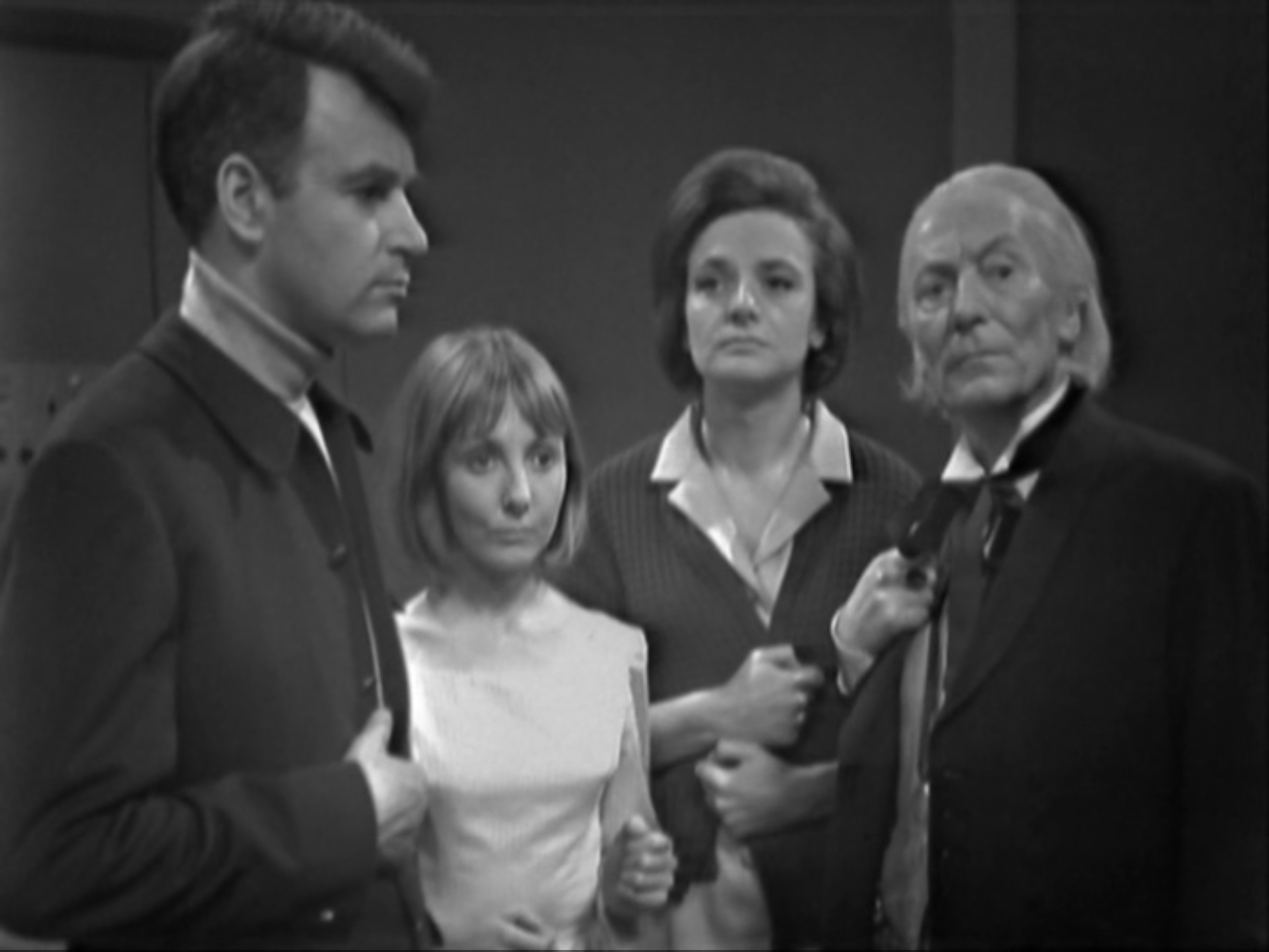



![[December 20, 1965] Rendezvous in space (Gemini 6 and 7)](https://galacticjourney.org/wp-content/uploads/2020/12/651215b3-672x372.jpg)
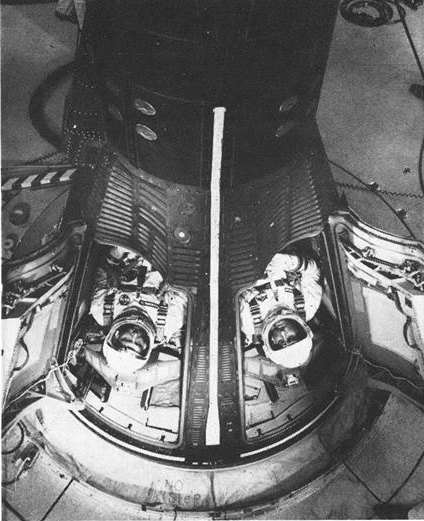







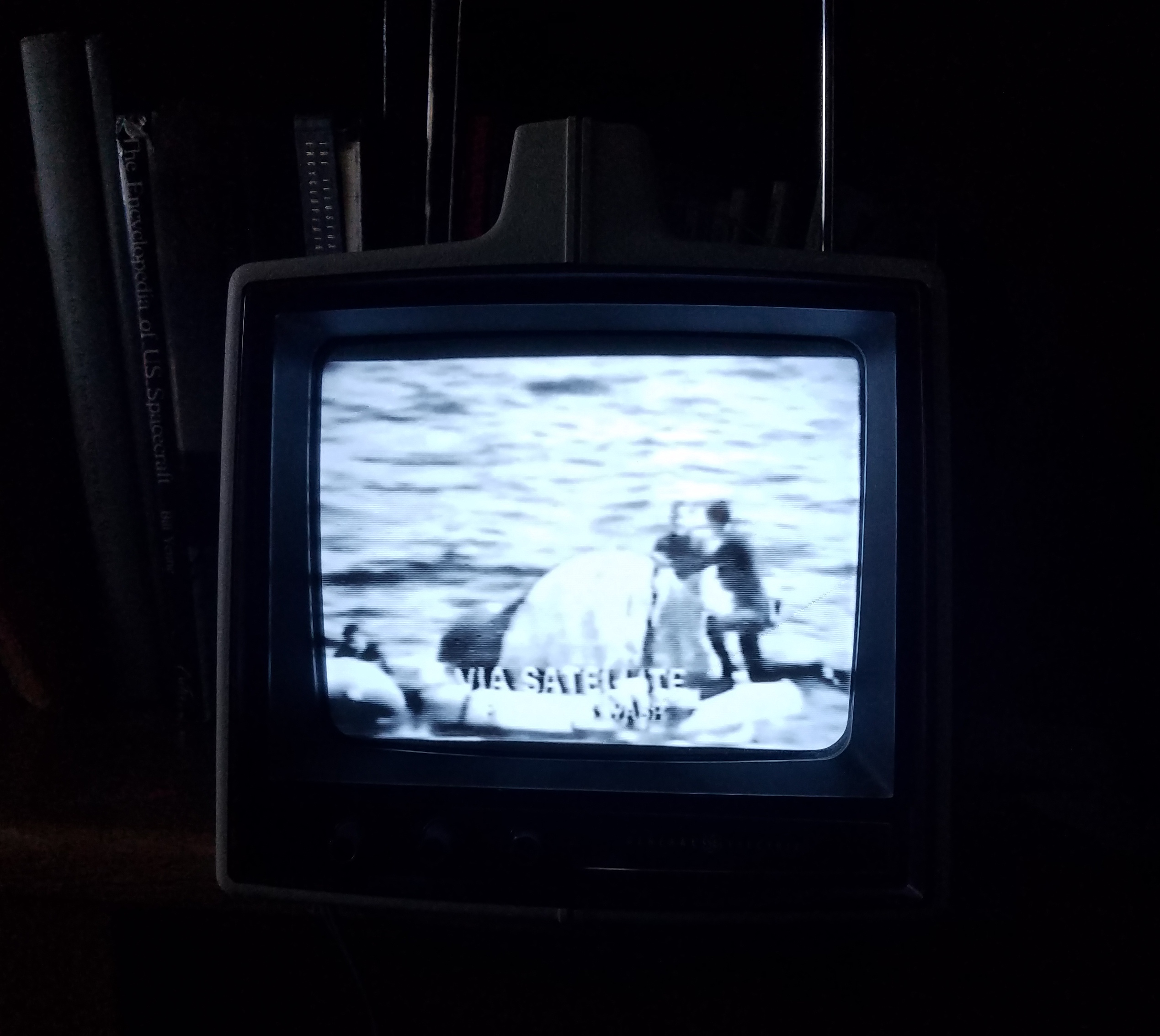

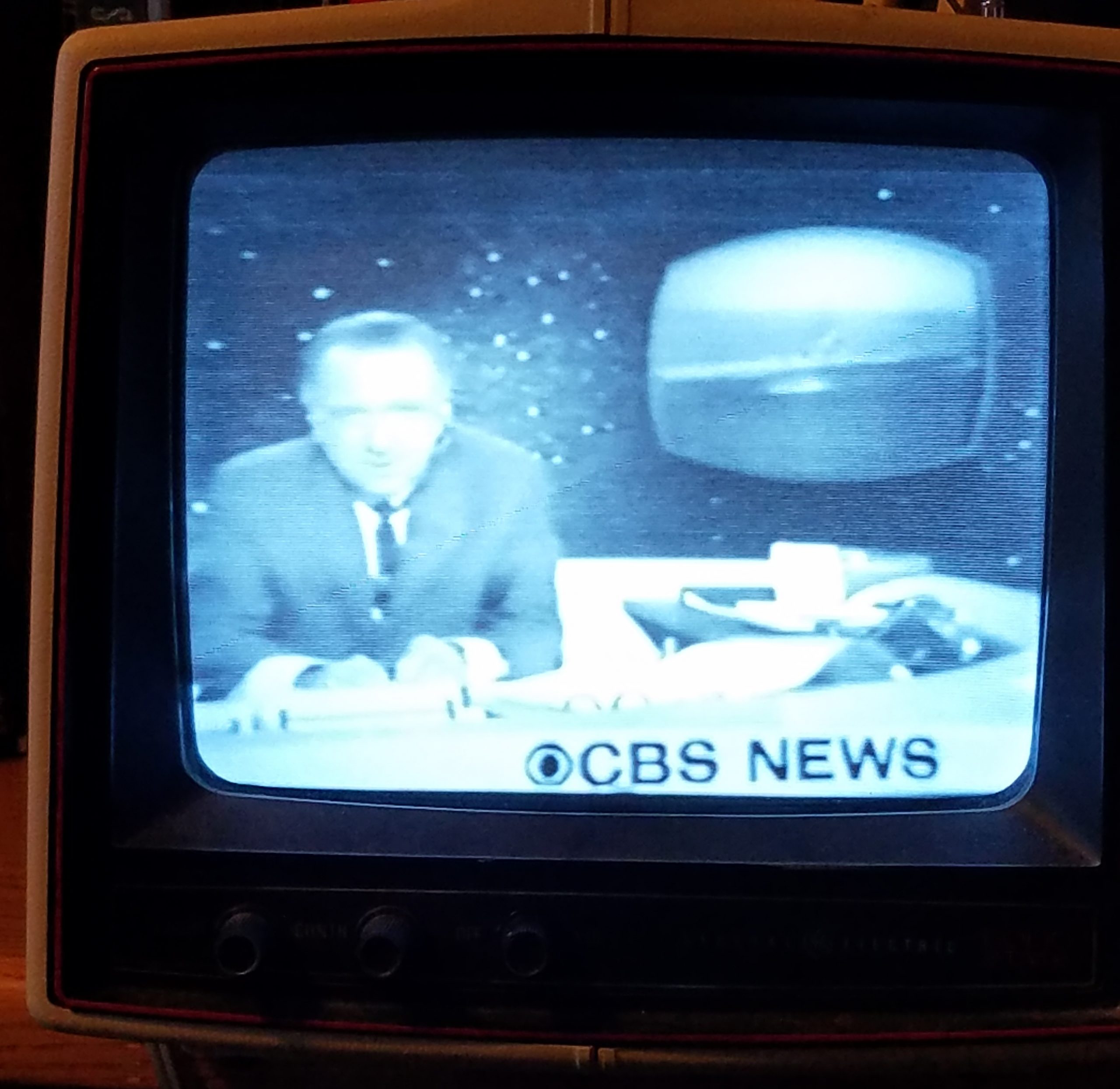

![[December 18, 1965] Bulges and Depressions (January 1966 <i>Fantasy and Science Fiction</i>)](https://galacticjourney.org/wp-content/uploads/2020/12/651216cover-672x372.jpg)




![[November 30, 1965] War is Swell (December 1965 <i>Analog</i>)](https://galacticjourney.org/wp-content/uploads/2020/11/651130cover-672x372.jpg)





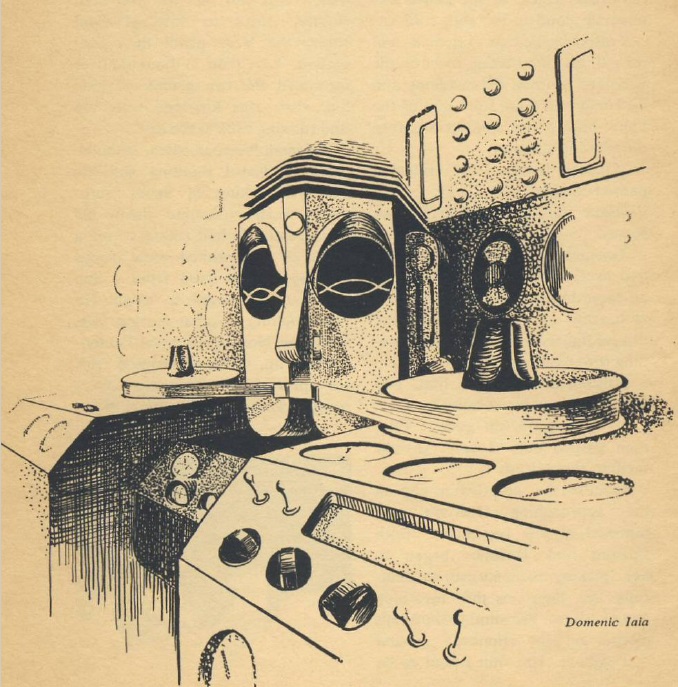

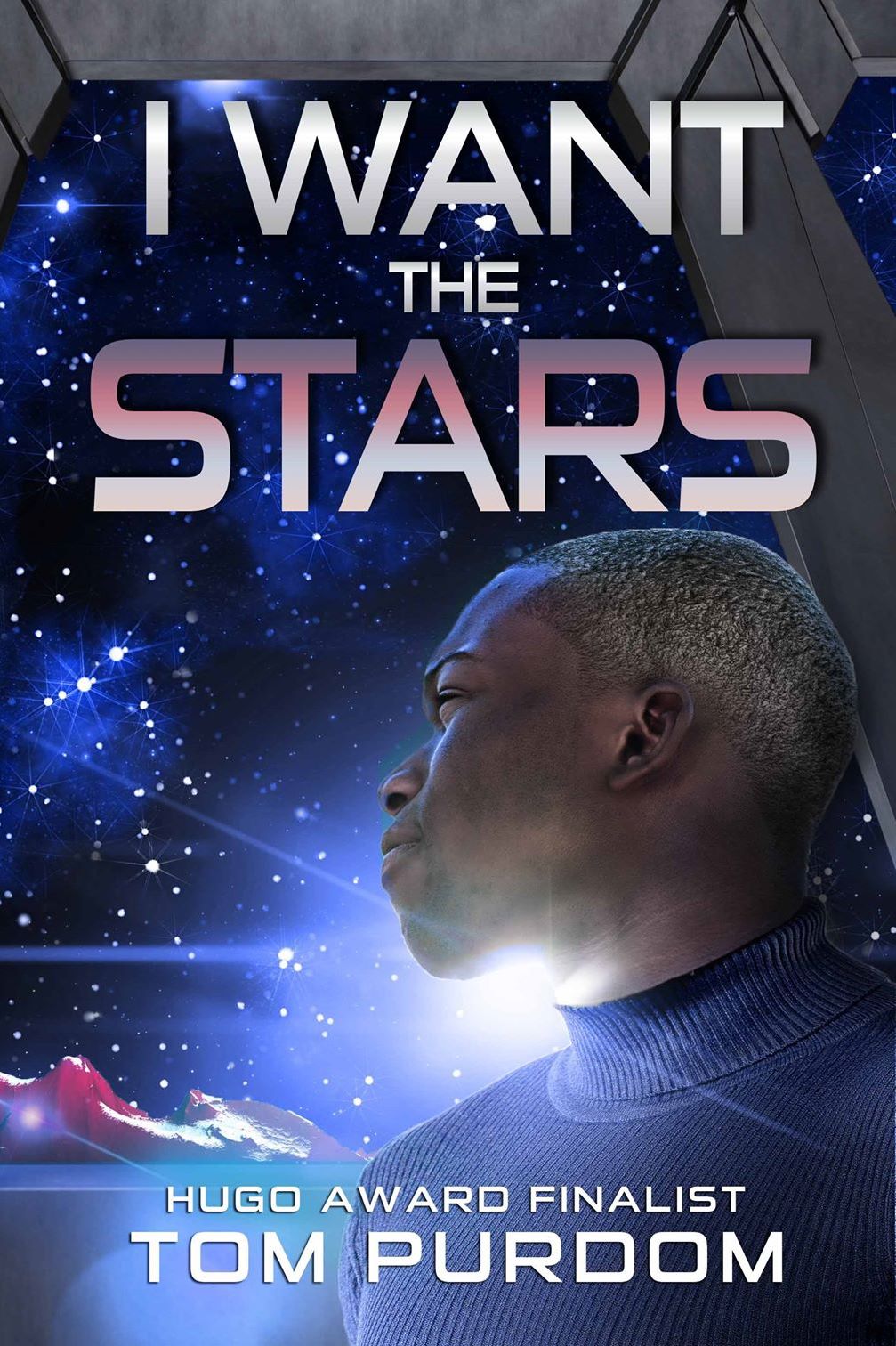
![[November 20, 1965] A fine cup of coffee (December 1965 <i>Fantasy and Science Fiction</i>)](https://galacticjourney.org/wp-content/uploads/2020/11/651120cover-672x372.jpg)




![[November 10, 1965] Strangers in Strange Lands (December 1965 <i>Galaxy</i>)](https://galacticjourney.org/wp-content/uploads/2020/11/651110cover-672x372.jpg)







![[November 6, 1965] Turns, Turns, Turns (Avalon Hill's <i>Midway</i> and <i>Battle of the Bulge</i>)](https://galacticjourney.org/wp-content/uploads/2020/11/2020-03-08-12.49.20-672x372.jpg)













![[October 31, 1965] Finished and Unfinished Business (November 1965 <i>Analog</i>)](https://galacticjourney.org/wp-content/uploads/2020/10/651031cover-672x372.jpg)



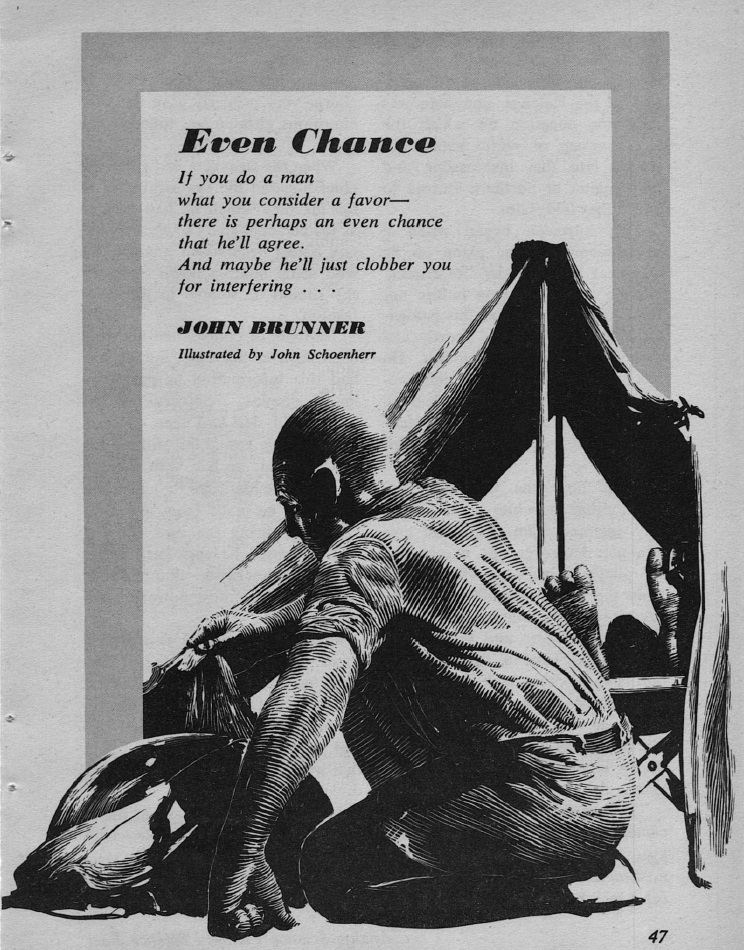
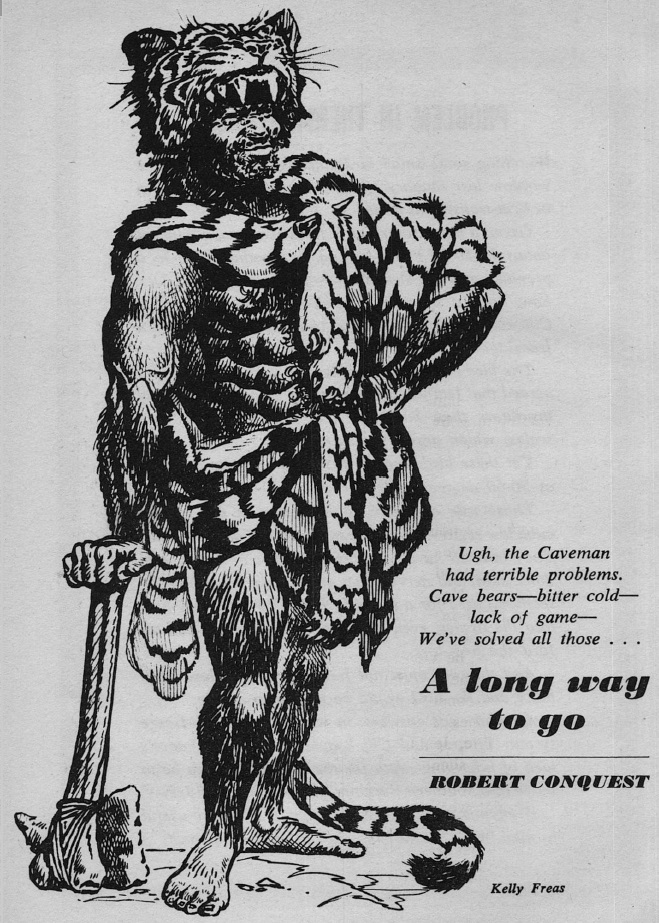
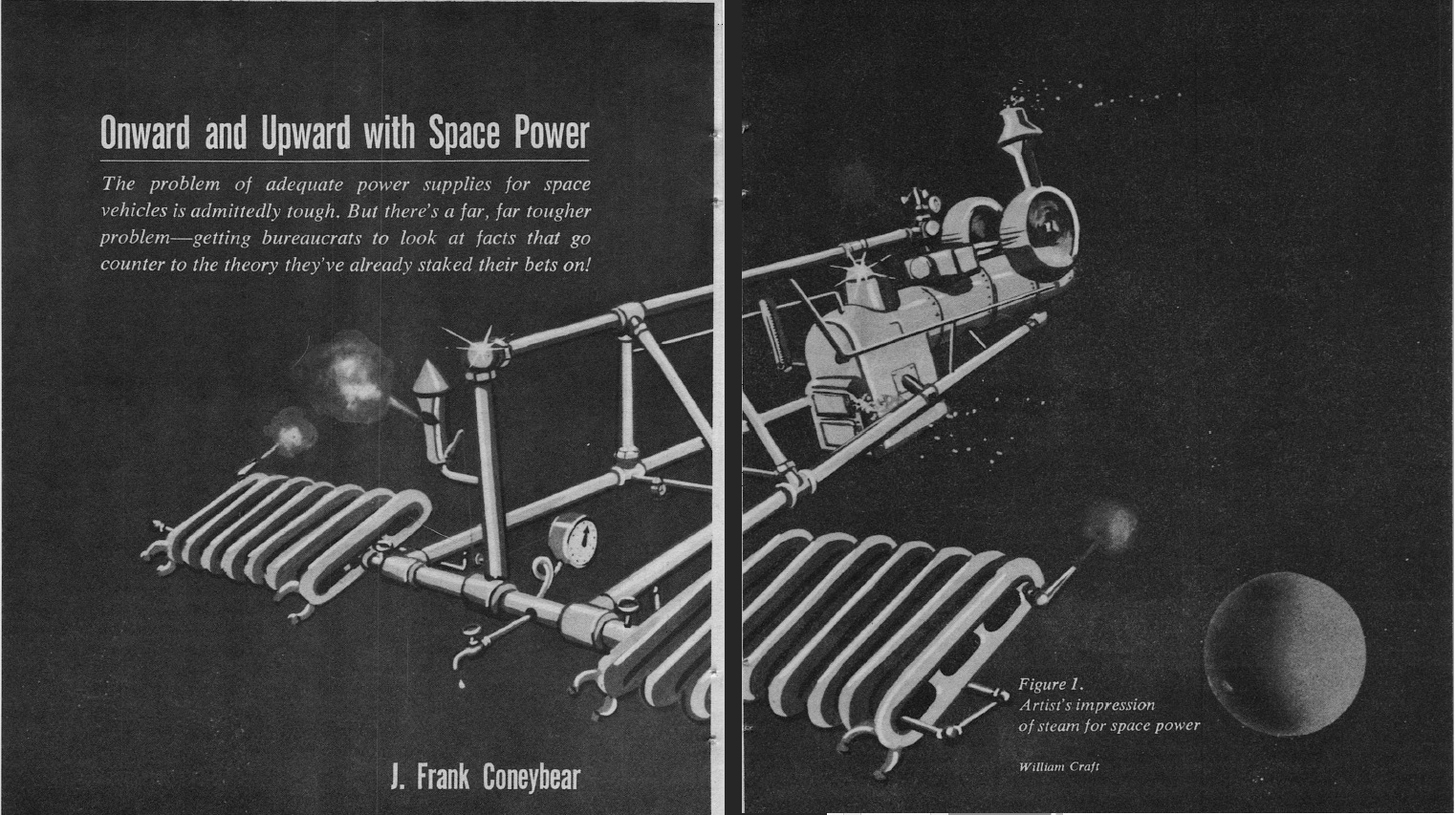
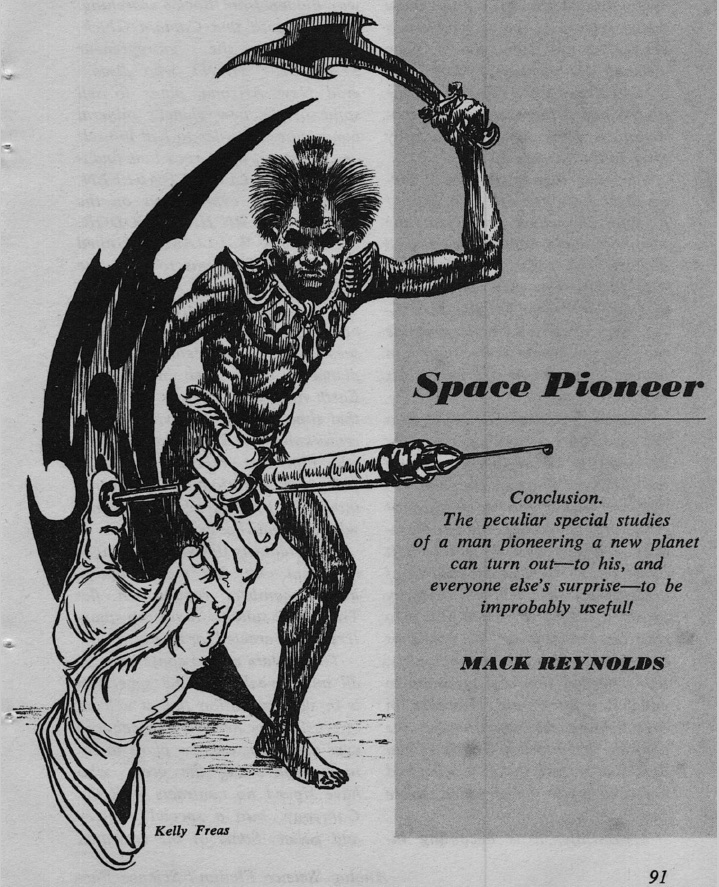


![[October 18, 1965] Turn, Turn, Turn (November 1965 <i>Fantasy & Science Fiction</i>)](https://galacticjourney.org/wp-content/uploads/2020/10/651018cover-672x372.jpg)




